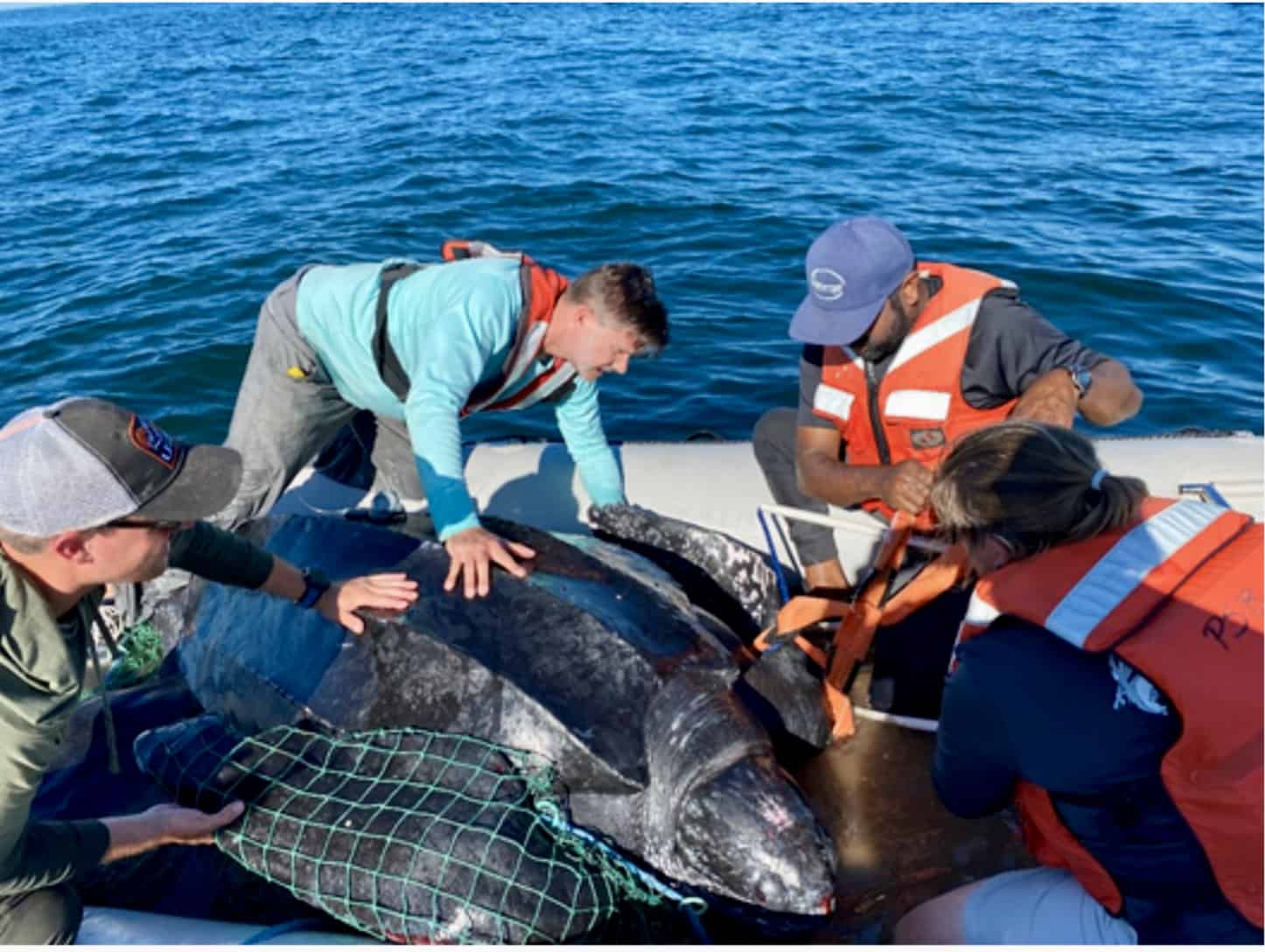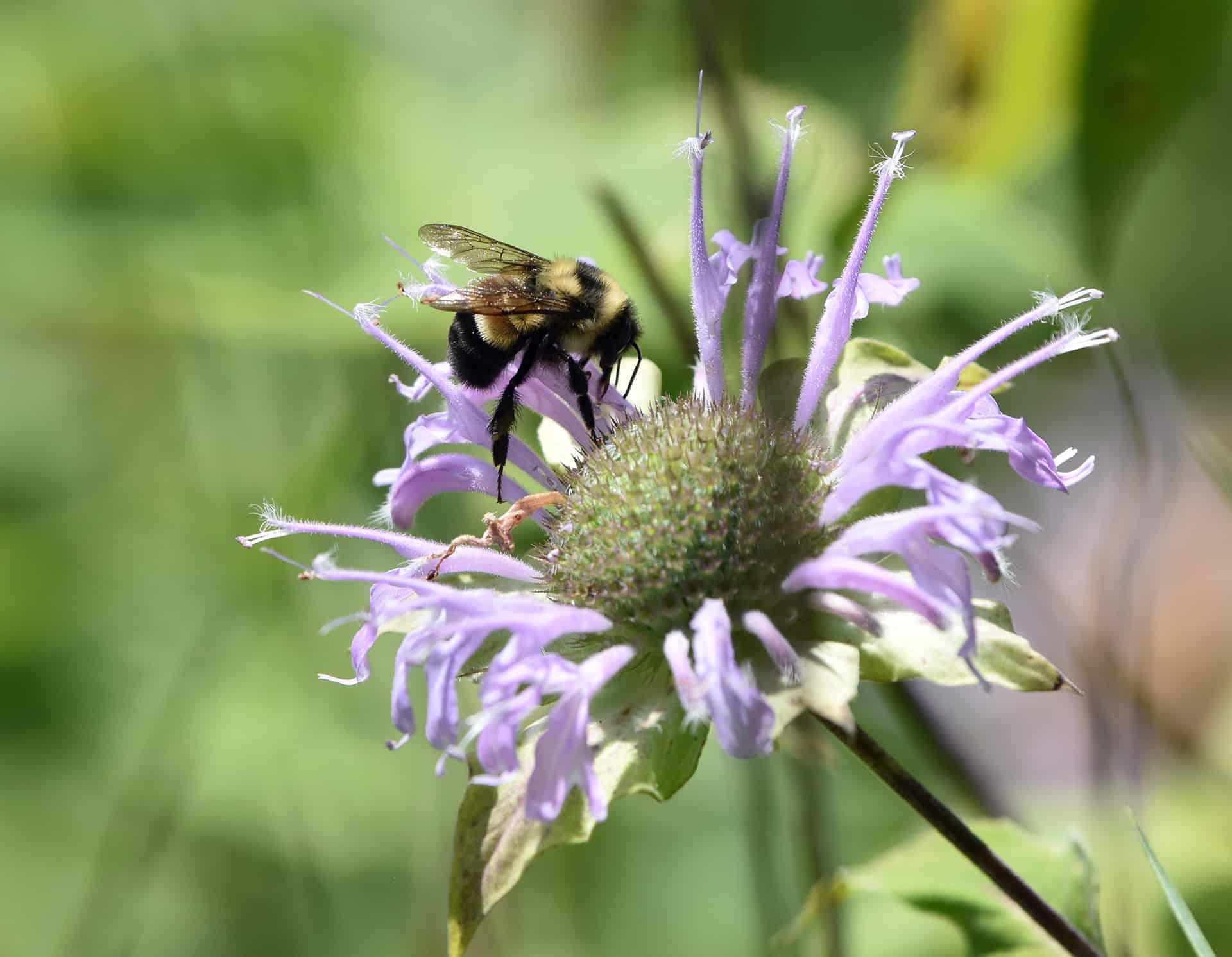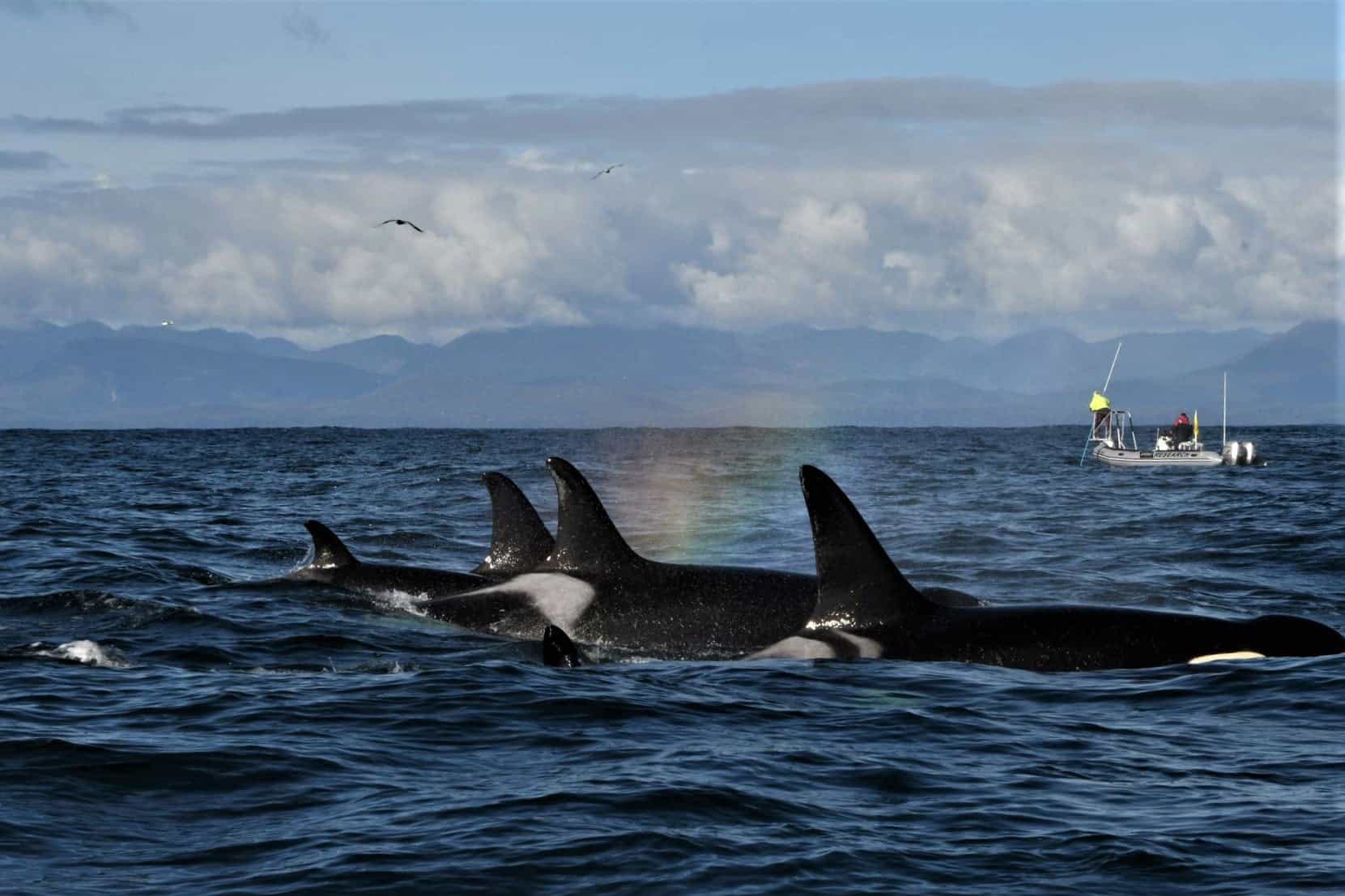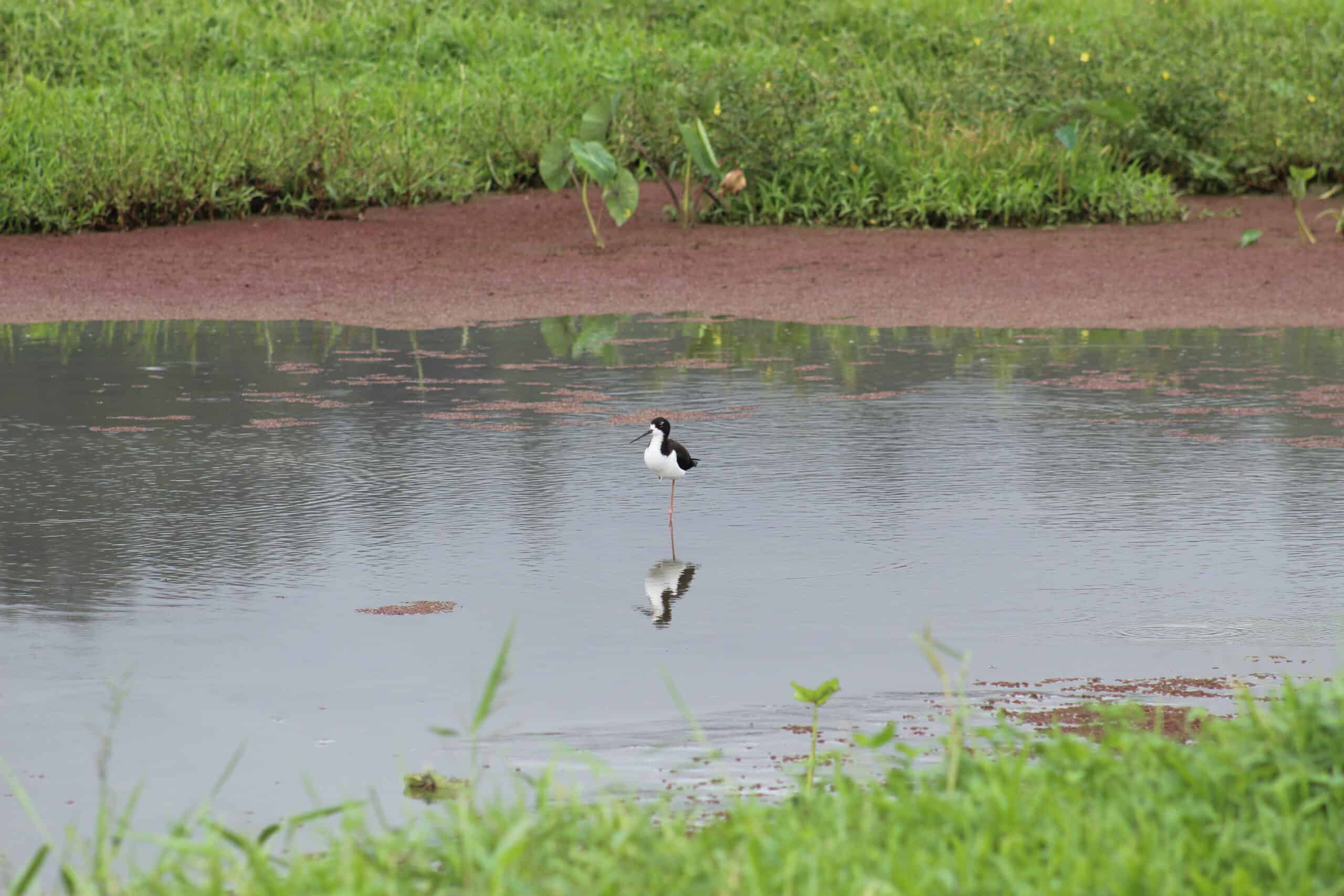Share this article
Wildlife Featured in this article
- Leatherback sea turtle
Leatherbacks follow jellyfish along U.S. coastline
The turtles forage along the continental shelf
Leatherback sea turtles are feeding on jellyfish in a number of places along the East Coast, including a major hotspot in Nantucket.
The endangered turtles make long migrations along the East Coast, from nesting areas in the Caribbean and Gulf of Mexico to the shores of Nova Scotia. The route includes some proposed offshore wind farms, including sites off the coast of Cape Cod, Long Island and Virginia.
“They’re coming all the way from southern latitudes and going north, mainly just to feed on jellyfish,” said Mitchell Rider, a postdoctoral researcher at the University of Miami’s Cooperative Institute for Marine and Atmospheric Studies.
Past research had generally tracked leatherbacks (Dermochelys coriacea) in the South Atlantic Bight and Mid-Atlantic. But in a study published in Frontiers in Marine Science, Rider and his colleagues wanted to get more specific information on where leatherbacks forage along the continental shelf. That information could help them find out in the future where they might overlap with wind farm lease areas.
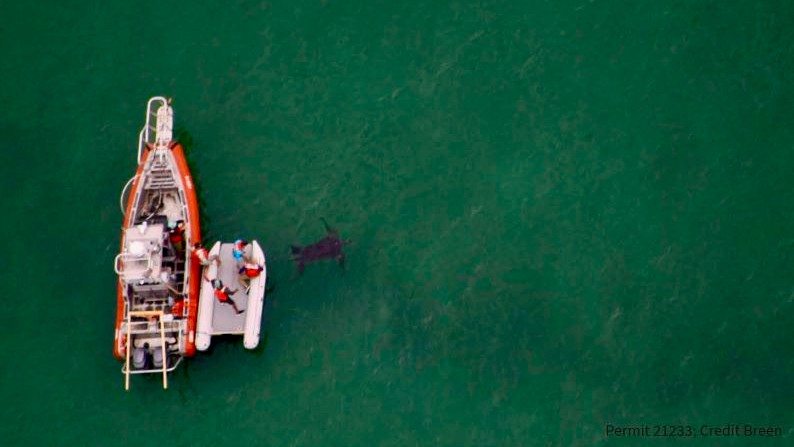
Between 2017 and 2022, with the help of spotters flying overhead, the researchers caught and tagged leatherbacks off the coast of New England and North Carolina. The satellite-based tags not only tracked them where the turtles were swimming. They also recorded water temperature and depth, helping Rider’s team determine when the turtles were diving for food and when temperatures were optimal for various prey.
The findings helped give them more specifics about where the turtles were feeding.
“We now have more concrete evidence that the waters off Nantucket are a huge feeding area for leatherbacks,” said Rider, who studies the turtles with the NOAA Southeast and Northeast Fisheries Science Centers. The team also discovered the turtles spending time in the Long Island Sound. Rider said they could be getting caught off course there—there has been stranding evidence there—or it’s possible they are feeding on jellyfish in the area, as some studies suggest. Both of those areas have leases for wind projects.
Another major area of turtle feeding was between Cape Hatteras to the mouth of the Delaware Bay—an area that also includes potential offshore wind projects off the coast of Virginia. “There’s evidence of jellyfish blooms in that area,” he said. A type of jellyfish known as the sea nettle (Chrysaora quinquecirrha) is also likely getting pushed out of the Chesapeake Bay into the open ocean, where the turtles are taking advantage of them, Rider said.
Foraging may also be taking place—and nesting definitely occurs—off the coast of Florida, Georgia and South Carolina, they found.
“We’re just establishing a baseline for where the leatherbacks are,” Rider said.
Header Image: Field team members Mitch Rider, Chris Sasso, Samir Patel and Emily Christiansen fit a leatherback turtle with a satellite tag. Credit: NOAA Fisheries Permit #21233



